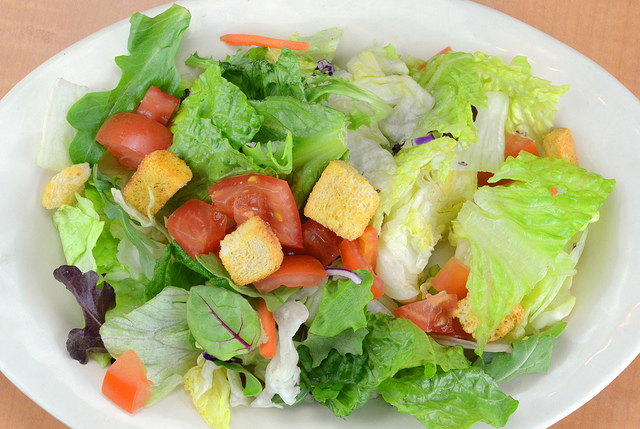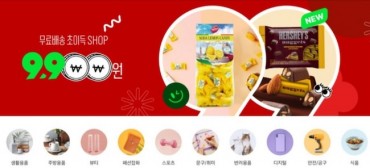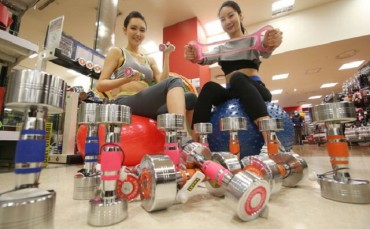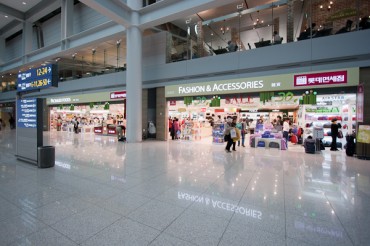
As Korean consumers are accustomed to western-style dining culture, they enjoy foods utilizing various dressings. (image: mosespreciado/flickr)
SEOUL, Korea, May 1, 2014 (Korea Bizwire) – Westernized table culture and the well-being trend raise more value in the Korean dressing market. A new variety of dressings also adds more flavors in the market in which mayonnaise and ketchup once dominated.
According to the food industry, Cheongjeongwon, which leads the salad dressing market with 39.8 percent of market share, now presents various dressing products including Oriental dressing, Thousand Island, French balsamic, sesame dressing, coleslaw dressing and so on.
An official at Cheongjeongwon said, “As Korean consumers are accustomed to western-style dining culture, they enjoy foods utilizing various dressings. To follow the trend, we are deploying offensive marketing with mini-sized and family-sized products customized to changing size of households.”
It plans to secure its leading position through new lines of products and consumer contact marketing like cooking classes and sampling events by generating 7 billion won of sales this year.
Other food manufacturers are rushing into the market. Pulmuone introduced “Orange & Mango dressing” and “Green tea & Yogurt dressing,” while CJ recently presented “Five-grain Sesame dressing” putting brown rice, white rice, barley, glutinous rice and soy bean.
As the pie in the dressing market increases, big-box stores like E-Mart joined the frays with its private brand dressings. E-Mart introduced “Peacock dressing” jointly with chefs in Westin Chosun Hotel. It gives flavors of the hotel restaurant with 10 to 20 percent lower prices.
The volume of salad dressing market in Korea rose to 44 billion won last year, a 30.6 percent rise from 30.6 billion won in 2009. Meanwhile, the market volume of mayonnaise and ketchup declined to 40 billion won from 43.7 billion won and 39 billion won from 44.7 billion won respectively in five years.
Written by John Choi (johnchoi@koreabizwire.com
Lifestyle (Follow us @Lifestylenews_Korea)






